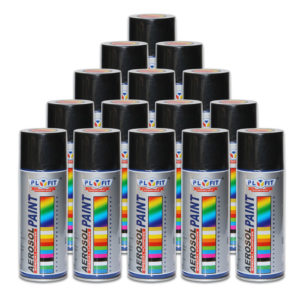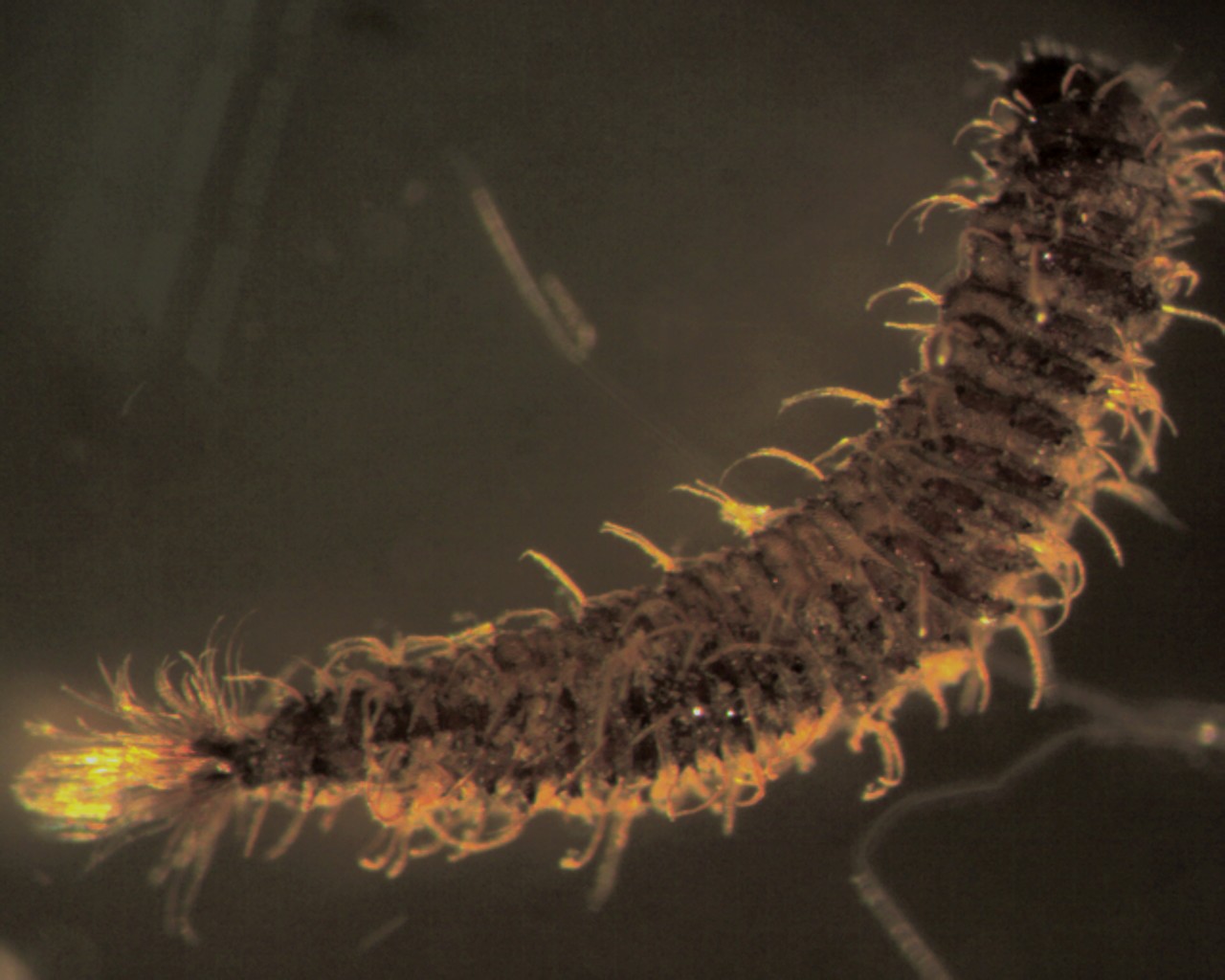How to Get Rid of Fruit Flies
At just four millimeters in length, fruit flies might be small in stature but these pests can create big headaches for a homeowner who is attempting to battle an infestation. Any homeowner who has dealt with a fruit fly problem can attest to the fact that these pint sized insects can pose a serious challenge even for those that are accustomed to dealing with bugs.
The complete lifecycle of the common fruit fly is relatively short. Even when conditions are optimal (when there is plenty of food and water and appropriate temperatures) the fruit fly will be gone in 25 – 30 days. The problem for homeowners who are coping with an infestation is that fruit flies can reproduce in big quantities.
If the appropriate actions for eliminating fruit flies aren’t taken infestations can become larger as eggs hatch and new generations are introduced. This makes the process of elimination an even greater challenge for the homeowner.
Eliminating the Problem Before it Begins
As the name would imply fruit flies feed on ripening fruit – so anywhere there are fruits or vegetables left on a counter, table or windowsill or in a bin or basket, an infestation could begin. The best bet for those who like to leave fruit out to ripen is to put it in a paper bag – this will help the fruit ripen faster than in the refrigerator but also make it more difficult for fruit flies to get to. When fruit is ready it either needs to be used or thrown away so there isn’t something in the home to lure the bugs in.
Unfortunately for homeowners though, these aren’t the only possible locales for an infestations and it often takes more than just throwing away and old piece of fruit to put an end to a fruit fly plague. Fruit flies may also be attracted to indoor compost bins, empty bottles and can, garbage disposals that have organic matter in them and even slow moving drains, mop buckets or sources of stagnant water. The fact that there are so many potential places for an infestation to begin and grow makes controlling and eliminating a fruit fly infestation all the more difficult.
The First Line of Defense against Fruit Flies
The battle against the fruit fly begins with eliminating all potential food and water sources. The first step in the process is to get fruits and vegetables into the refrigerator until the problem has been completely eliminated. All fruit and vegetable storage baskets, buckets and bins should be given a thorough cleaning and all compost and recycling bins should be moved outside of the home until the problem has been resolved.
The next step to getting control back from the fruit flies is to clean out clogged and slow moving drains and to eliminate any standing sources of water. Kitchen, bathroom, basement, laundry room and slop sinks all might require a good cleanout and dirty dishes should be tended to immediately so there is no organic matter sitting around to lure the bugs in.
Any place that can hold organic matter or water is a potential spot for an infestation to begin. These pests can even lay eggs to start their next generation on a damp sponge, mop head or rag so the cleaning process needs to be very thorough.
Preventing Infestations
While it is the inside of the home that most people are concerned with, recurring infestations might require some investigation on the outside of the home. Fruit trees in the yard that drop ripe or rotting fruit close to the foundation, clogged gutters with rotting organic material or overloaded recycling buckets under windows can serve as a welcome sign to these tiny pests.
If there are fruit flies setting up residence on the outside of a home, they could eventually work their way inside to feast on any variety of available organic material. Performing regular landscaping and outdoor maintenance to eliminate these potential attractions can help keep future infestations at bay.
DIY Traps and Prevention Methods
At the first sign of a swarm indoors a homeowner needs to go on the offensive in order to keep the infestation at bay. There are a number of traps available from the hardware store and others that can be made from household items that can help control an infestation. Most of these products are more effective for catching or killing adult fruit flies so they must be used at the first signs of an infestation (before eggs have been laid) in order to be effective.
Adult fruit flies move so quickly that the chemical sprays available to battle them usually only lead to frustration. Traps tend to be a more effective “home remedy” for those who want to see some sort of result in the battle against fruit flies.
Purchased Traps
The most popular traps for flying insects at the store are made from a sticky material that traps the fruit flies when they come in contact with it. These traps can be hung in areas of high activity and are effective for trapping some of the swarming adults, but there are better methods of control available.
Homemade Funnel Traps
This method consists of a jar, a liquid bait (apple cider vinegar, wine, juice or beer can be used) and a paper funnel. The liquid goes into the jar and the paper funnel is placed tightly inside the lid of the jar with the point sitting just above the liquid. The bait draws the fruit flies in and they have trouble escaping the jar.
Fruit Baits
Fruit flies tend to be most attracted to ripe or rotting fruits, so actual fruit tends to be the best bait for attracting them. Placing a piece of fruit in a bowl or glass and covering it with plastic that is perforated with tiny holes (simple plastic wrap poked several times with a toothpick works well) can draw in plenty of adult fruit flies which will have a tough time navigating their way out of the plastic.
Calling in Professional Help
Most fruit fly infestations can be controlled and eliminated by a proactive homeowner with the methods described above, but there are certainly exceptions to that rule. In the event of a serious infestation that persists through a thorough indoor cleaning and DIY trapping, a qualified pest control professional may need to be called in.
A professional exterminator can evaluate the entire property in an effort to determine the root cause of the problem. An inspection of the basement, crawl space or attic may reveal a problem that was overlooked by the homeowner during his or her efforts. Once the source for the infestation is properly identified, the pest control technician can suggest an all natural or chemical based approach to quickly eliminate the infestation at the source which will help to prevent future issues.
Non Toxic Spray

This non-toxic spray kills larvae, eggs, and adult insects by breaking down their exoskeleton. It is safe to spray around the home and works only on the insects. Feel good about spraying indoors around pets, plants and children.
All Natural Non Toxic Insect Killer Spray by Killer Green


